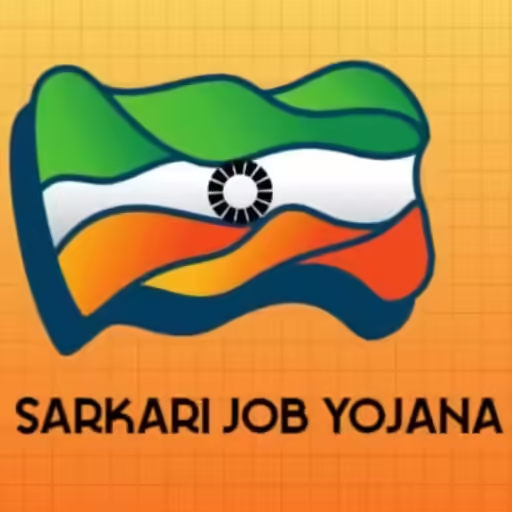The Pradhan Mantri Adarsh Gram Yojana (PMAGY) is a flagship scheme initiated by the Government of India to drive holistic development in Scheduled Caste (SC)-majority villages. First launched in 2009-10, the program aims to create “Adarsh Grams” (ideal villages) by addressing socio-economic challenges and bridging infrastructural gaps through convergence with existing central and state schemes. Here’s a closer look at PMAGY’s background, goals, and implementation strategy.
Background and Need for PMAGY
As per the 2011 Census, SCs constitute 16.6% of India’s population and have historically faced social and economic challenges. To address these disparities, the Indian Constitution has incorporated special provisions to uplift SC communities. Article 46, under the Directive Principles of State Policy, emphasizes the need to promote the educational and economic interests of weaker sections, especially SCs and Scheduled Tribes (STs). However, despite these measures, many SC communities still reside in underdeveloped areas with limited access to basic amenities and opportunities.
PMAGY was conceived to overcome these gaps by focusing on SC-majority villages and bringing them at par with other regions through integrated development efforts. This initiative represents a shift from individual welfare schemes to an area-based development approach.
Objectives of PMAGY
The core objective of PMAGY is to achieve comprehensive development in SC-majority villages. The program aims to:
- Foster socio-economic upliftment through the integration of various central and state government schemes.
- Address unmet developmental needs through “gap-filling” funds for critical interventions not covered under other schemes.
Each village receives up to ₹21 lakh, of which ₹20 lakh is dedicated to fulfilling infrastructural and developmental gaps, and ₹1 lakh is allotted for administrative expenses at multiple levels, ensuring effective implementation and monitoring.
Key Phases of Implementation
PMAGY’s journey began as a pilot project in 2009-10 across 1,000 villages in Tamil Nadu, Rajasthan, Bihar, Himachal Pradesh, and Assam. These villages were transformed into model villages or “Adarsh Grams.” Based on the pilot’s success, Phase I was launched in 2014-15 to expand the initiative to an additional 1,500 villages in states like Uttar Pradesh, Punjab, and Chhattisgarh. As of 2018-19, PMAGY transitioned into a continuous scheme, aiming to cover nearly 27,000 villages by 2024-25.
Revised Scheme Guidelines and Domains of Development
In 2018-19, PMAGY underwent significant updates to streamline its approach. The scheme introduced 50 monitorable indicators across 10 key sectors, including:
- Water and Sanitation – Ensuring clean water and sanitation facilities.
- Education – Providing quality education infrastructure and access.
- Health and Nutrition – Facilitating healthcare services and nutrition programs.
- Rural Roads and Housing – Building essential roads and housing.
- Electricity and Clean Fuel – Promoting energy access and clean cooking fuels.
- Agricultural Practices – Supporting sustainable farming methods.
- Financial Inclusion – Encouraging access to banking and financial services.
- Livelihood and Skill Development – Enhancing job opportunities and skills training.
Funding Mechanism and Convergence Model
PMAGY operates on a convergence model, leveraging funds from other central and state schemes for development activities. The program focuses on comprehensive need assessments to identify and address specific village needs through Village Development Plans (VDPs). While central schemes cover the majority of developmental expenses, PMAGY provides additional funds for initiatives that may not be covered elsewhere, ensuring no area of need is overlooked.
The funding structure for each new village is as follows:
- Gap-filling funds: ₹20 lakh per village.
- Administrative costs: ₹1 lakh per village.
For ongoing development in villages from previous phases, an additional ₹10 lakh is provided to support continuous improvements.
Monitoring and Digital Oversight
PMAGY emphasizes effective governance and transparency by establishing committees at various levels to oversee the scheme’s implementation. A dedicated PMAGY website (pmagy.gov.in) was created to monitor village-level data, track progress, and manage development plans in real-time. This digital platform ensures that every initiative under PMAGY aligns with its goals and maintains accountability at each administrative level.
PMAGY’s Progress and Impact
Since its inception, PMAGY has impacted thousands of SC-majority villages across India. As of the latest data, approximately 19,083 villages have been selected for development under PMAGY, with several already transformed into model villages. The initiative’s success has encouraged the government to extend and reinforce its efforts, aspiring to build more inclusive and resilient communities.
Conclusion
Pradhan Mantri Adarsh Gram Yojana is more than just a rural development scheme; it is a pathway to social equality and economic empowerment for marginalized SC communities. By addressing infrastructural gaps and fostering integrated growth, PMAGY is making strides toward an India where every village is self-sufficient, prosperous, and inclusive, embodying the true spirit of “Adarsh Gram.”
Follow the links below to:
| Purpose | Link |
|---|---|
| Explore more opportunities and government schemes | Click Here |
| Find out the latest updates | Click Here |
| Discover the latest government Yojana | Click Here |
